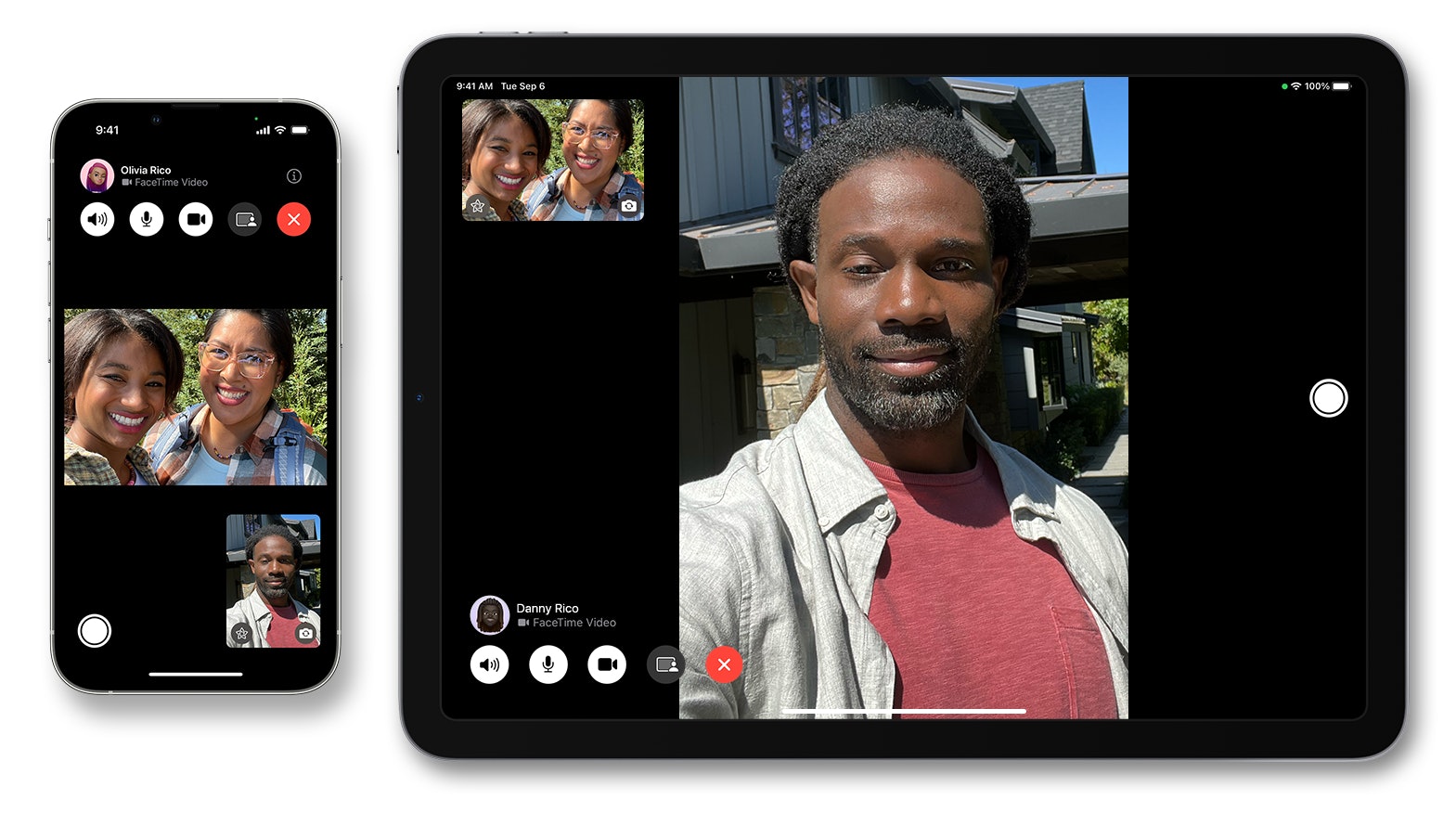
As we inch closer to the predicted summer launch of Apple’s mixed-reality headset, one thing is becoming clear — a lot is riding on the company being able to provide a compelling social experience with its new hardware. Multiple reports have now detailed Apple’s plans, with the latest from The New York Times describing a virtual chat room experience akin to what Meta is trying to offer in its Horizon suite of apps.
While a popular feature of the iPhone, FaceTime, even a 3D, avatar-filled one, doesn’t exactly seem like the kind of thing you’d shell out $3,000 for, sticking to a simple set of features rather than trying to reinvent the wheel could ultimately be what makes Apple’s hardware stand out.
“Copresence”

As previously reported, Apple’s headset appears centered on three core experiences: consuming video, using VR apps and games, and socializing via virtual avatars. That final component could prove to be the most critical, and it draws on Apple’s history. People were already invested in the iPhone when the iPhone 4 was released, but there’s no doubt the inclusion of FaceTime and the direct, touching marketing Apple used to highlight it made the phone the success it was.
According to the New York Times, Apple has named its headset’s signature social app “Copresence” to " capture the experience of sharing a real or virtual space with someone in another place.” While similar in its plan to offer some mix of videoconferencing and “spending time with others as avatars in a virtual world,” Apple seems to be avoiding using the word “metaverse” or any of the terminology Meta has tried to popularize. Not surprising considering the animosity between the companies and the fact that metaverse has its own negative connotation, but keeping what NYT has shared in mind, there’s a chance Apple’s Copresence is Horizon Workrooms with the productivity branding filed off.
Whatever this evolution FaceTime amounts to, it will apparently be quite limited. Bloomberg reported back in January that the hyper-realistic avatars Apple is trying to offer for its app will only work in one-on-one conversations because of the processing power required. That wouldn’t remove the possibility of group calls, but anyone not on a headset would reportedly be represented as Animoji, Apple’s original avatar system that uses the iPhone’s True Depth camera to track eye and mouth movements, or a static icon.
Simple sells
A machine for movies and 3D FaceTime calls that can play the same VR apps you can get on your Quest doesn’t feel like a revolutionary new product, but it might be enough. We’ve written before that Apple’s biggest contribution to virtual and augmented reality could be creating a user-friendly interface that’s simple to understand, but I’d extend that to what the headset can do, too. A few good thoughts about how a customer might use its headsets are all Apple needs to have success.
The original pitch for the iPhone was simple (music, phone calls, and web browsing). The Apple Watch, the first new product category from the company released under Tim Cook’s tenure, was overcomplicated at launch and only took off when it focused on notifications, fitness tracking, and proactive health features. The story could be the same with Apple’s headset.







